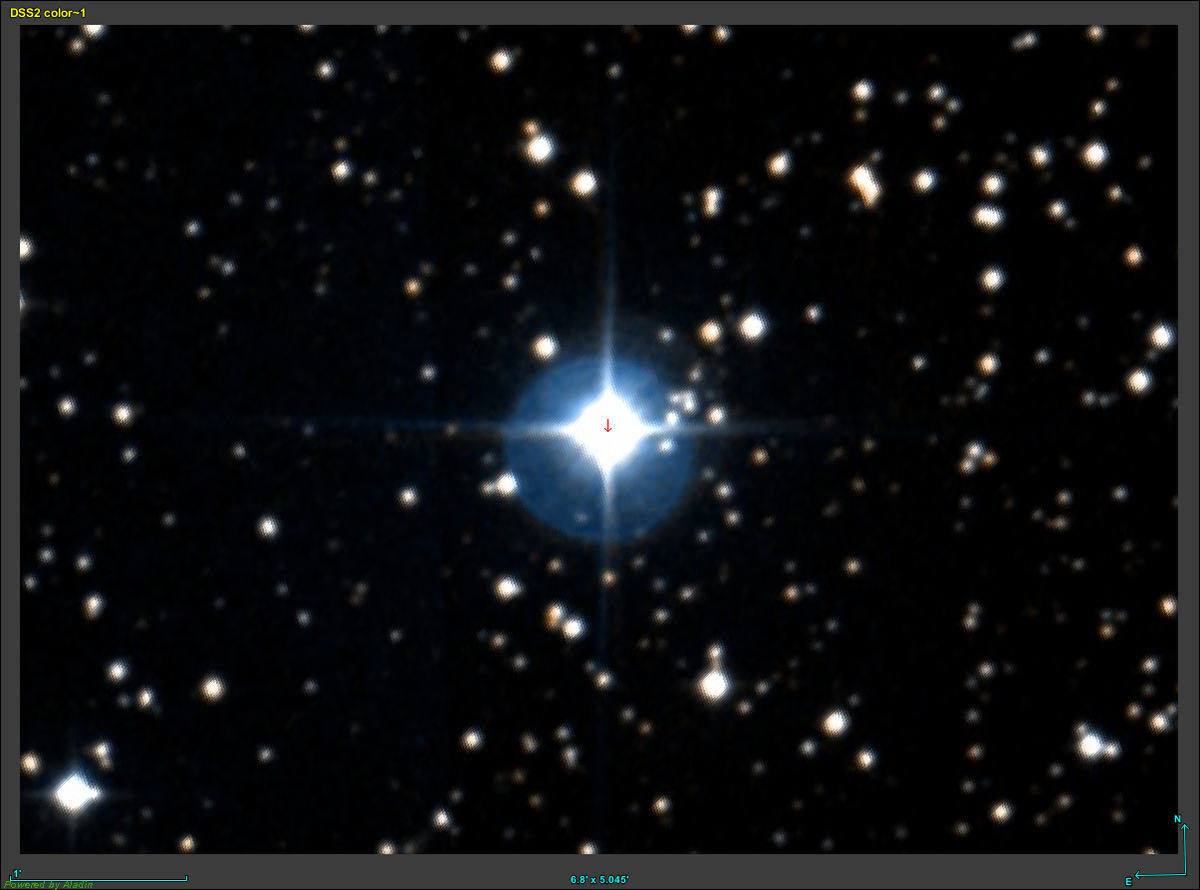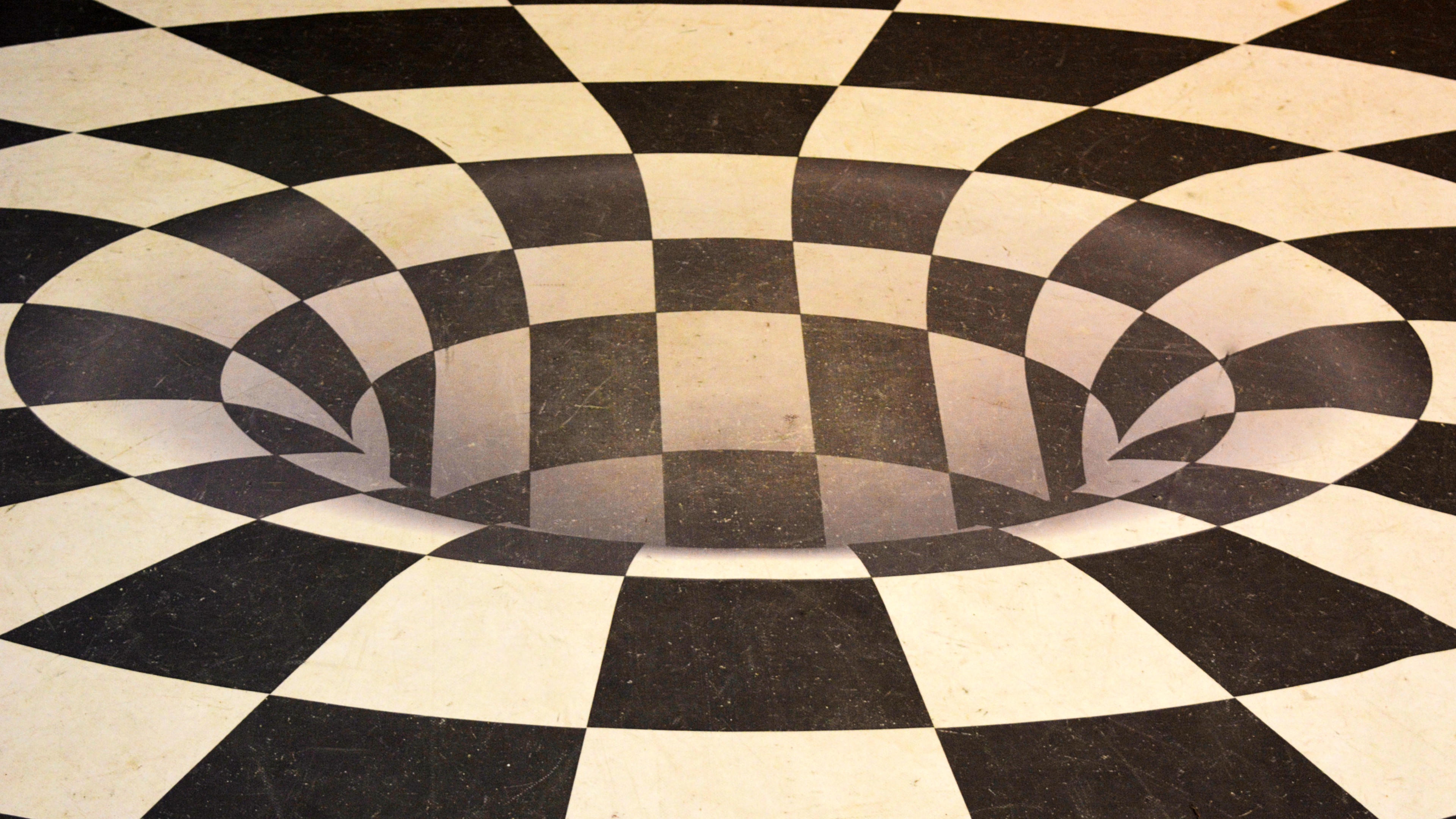What We Can Learn From Rafael Nadal, the Albert Einstein of Tennis

“To watch Federer this summer is to listen to an opera singer who can no longer hit the high notes,” Greg Bishop observed in The New York Times. Roger Federer, who many consider to be the greatest player of all time, had just lost in the fourth round of the U.S. Open, his earliest exit in 10 years.
It was not just the loss itself that stung Federer’s many fans and admirers, myself included. What hurt to watch the most was his loss of form – the graceful play and the ingenious shotmaking, those “Federer Moments” that David Foster Wallace once described as a religious experience. While it would be a mistake to completely write Federer’s career off, it is nonetheless just a matter of time before the fat lady sings.
Fortunately for tennis, Federer’s longtime rival and nemesis Rafael Nadal has staged a remarkable comeback after injury kept him off the tour for seven months. The 27 year-old Nadal has stormed his way to the U.S. Open semifinals and is playing perhaps the best tennis of his career on hard courts.
In sharp contrast to Federer (the poet, the ballet dancer, the musician – take your pick) his Spanish rival has been described throughout his career as a brutish bull. Nadal hits the ball with greater ferocity than almost any player, but he is also able to keep it under control due to the effect of his heavy topspin.
What’s the Big Idea?
John McEnroe, commentating for ESPN during Nadal’s latest match – a 6-0, 6-2, 6-2 bludgeoning of Tommy Robredo – said this: “What we’re seeing here, this guy is the Leonardo da Vinci—the Albert Einstein—of tennis.”
In other words, Nadal was being credited for not only using his physical game to dismantle an opponent, he was using his brain, like an engineer. What McEnroe specifically was referring to was the way that Nadal constructed points.
While Federer had stubbornly refused to adapt his game plan in his loss to Robredo a few days earlier, Nadal was constantly adjusting his shot placement in response to Robredo’s movements. Moreover, he was thinking ahead – not just about the current shot but the shot he would hit two or three strokes later.
So what can we learn from this? For one thing, Spanish players are taught from an early age how to construct points, a concept that is foreign to many American players.
The American John Isner, for instance, has the biggest serve in the game but is routinely outclassed by the “Big Four” that consists of Andy Murray, Novak Djokovic, Nadal and Federer. You can’t beat those guys by expecting to a hit an ace on every serve or a winner on every forehand. That is not to say that Isner’s game is quite that simplistic. He simply lacks the remarkable aptitude for point construction of a Nadal or a Djokovic.
The two top players, Nadal and Djokovic, possess a remarkable ability to go from a defensive to an offensive position. They often make it look easy, but that is not due to physical ability alone. Indeed, according to Nadal, one of the greatest challenges he had to overcome upon his return to the game after a long absence was re-learning how to construct a point.
Some traditionalists bemoan what has happened to the game of tennis in recent years. New equipment has enabled players to accomplish utterly ridiculous feats on the court that couldn’t be imagined a generation ago. I, for one, find the game is more exciting. After all, a top player needs to not only be in tremendous shape. More than ever, he or she needs to be an engineer, like Leonardo or Einstein.
Success, even in a sport as physically demanding as tennis, comes down to winning a battle of wits. And so knowing how to construct a winning point, whether it is in the game of tennis or the game of life, is an often unheralded but indeed an essential ingredient for success.
This will be in strong evidence as we reach the semi-final and final rounds of the U.S. Open this weekend, and that is why this competition will be well worth watching for anyone interested in tennis or strategy or both.
Image courtesy of Shutterstock





